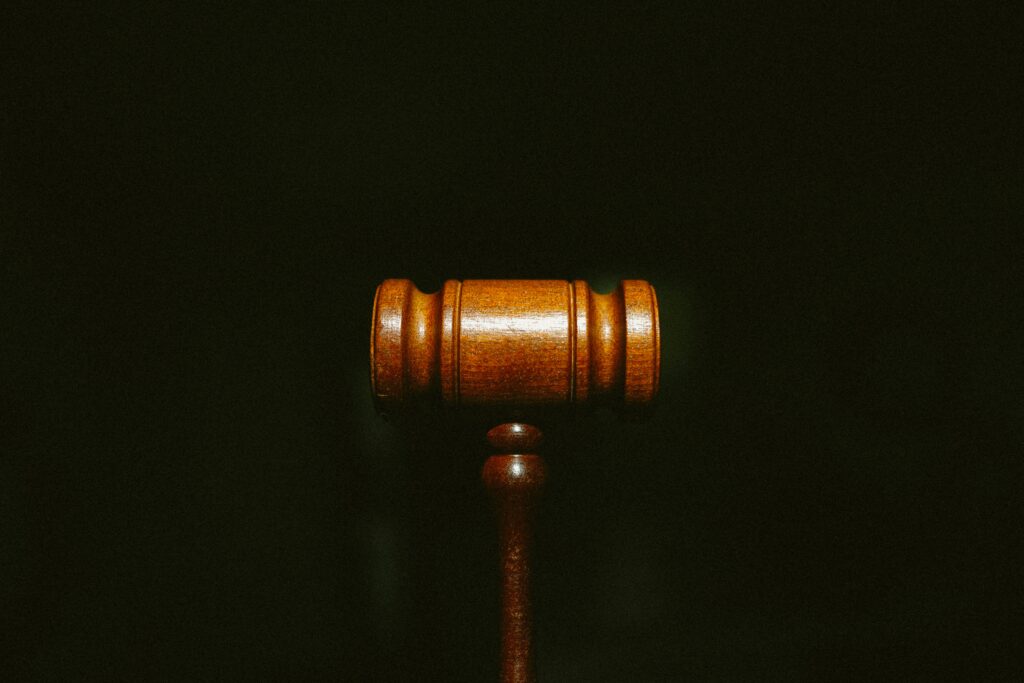Published On: 26th October 2025
Authored By: Yash Kishor Mohite
Mumbai University
Abstract
Cyberbullying is a significant online-age risk especially in the wake of the fast growth of social networking sites, online gaming and instant messaging apps in India. Victims, especially children, women and vulnerable groups, are likely to suffer various kinds of emotional trauma, harm to their reputations, and, at worst, long-term psychological harm. India has several provisions dispersed in a range of legislation but no one comprehensive law addressing cyberbullying as a single offence. The article shows how existing Indian law, including the Information Technology Act, 2000, and the Indian Penal Code, is utilized to address digital harassment. It also examines judicial trends, enforcement challenges, and uncertainty in legal definition. Through a comparison of India’s regulatory strategy with that of nations such as the UK and Australia, the article endeavors to identify legislative failures and suggests workable reforms. It recommends the establishment of a special legal code that not only penalizes offenders but also provides improved protection and redressal for victims in cyberspace.
Keywords: Cyberbullying, Indian cyber law, online harassment, digital safety, IT Act, legal reform, cybercrime, privacy, freedom of speech, judicial analysis
Introduction
Background
Cyberbullying, in a world in which digital interaction defines much of personal and professional existence, the rise of cyberbullying as a silent epidemic constitutes a profound danger to internet users especially children, women, and other minority groups. Because cyberbullying is constant, anonymous, and trackable to every corner of the digital universe, it induces lasting psychological trauma in its victims. Although the frequency of such cases is on the rise in India, the current legal framework does not have a specific and integral response. This essay critically analyzes the current legal remedy for cyberbullying in Indian law, identifies legislative loopholes and proposes a way forward. Cyberbullying is the threatening, harassing, or insulting of an individual through electronic communication. Cyberbullying includes a reasonably broad list of diverse behaviors that include online harassment, trolling, doxing, defamation, hate speech, cyberstalking, revenge porn, and posting on another’s content without consent.
Legal Framework Work in India
India does not have a particular law that criminalises or prescribes cyberbullying as a standalone offence.
But some sections of the Information Technology Act, 2000 provide for related offences
Section 66C: Identity theft
Section 66D: Impersonation, cheating using computer resources
Section 66E: Invasion of privacy
Section 67: Obscene material published on the internet
Section 69A: Power of government to deny public access to objectionable material
In addition, the Indian Penal Code, 1860 also provides remedies by way of general provisions:
Section 354D: Harassment, including online stalking
Sections 499–500: Defamation
Section 503–506: Criminal intimidation
Section 509: Outraging the modesty of a woman
Other applicable laws will apply in certain instances
Protection of children from sexual offences POCSO Act, 2012 – offences against children
Juvenile Justice Act, 2015 – About Juvenile Offenders
Digital Personal Data Protection Act, 2023 — insofar as privacy and abuse of personal data are concerned
Despite all these short-term arrangements, there is no authoritative action taken to make cyberbullying a particular crime in India.
Judicial Response to Cyberbullying
Indian courts have rejected cyberbullying cases by applying general principles of law in the event that there is no specific law. In Shreya Singhal v. Union of India, the Supreme Court of India struck down Section 66A of the Information Technology Act on the basis that it was indefinite on free speech under the Constitution. Although this decision was a landmark in digital rights jurisprudence, it left a regulatory vacuum with regard to offensive online behavior.
In Manik Taneja v. State of Karnataka, the Court held that while criticism of public functionaries in the form of social media, no matter how emotive, is not criminal intimidation under Section 503 Indian Penal Code if the communication is not a threat to cause fear or alarm. The judgments are realistic, but they also believe there must be clear-cut legislation to effectively address the problem of harassment and bullying on the internet.
Enforcement and Operational Difficulties
Anonymity and Jurisdiction
The elusive anonymity of the internet may, at times, make it easier to conduct illicit online activities and overlook accountability Encrypted communication and the utilization of cross-border servers only make it more difficult to apply jurisdiction and enforcement
Delayed Redressal
The police authorities are not typically trained on the unique skills of cybercrime investigation, and therefore, there is inadequate or tardy redressal of the lack of Mandatory Platform Accountability
Unlike other jurisdictions, Indian law does not place binding duties on social media sites like Instagram, X (Twitter), or YouTube to actively monitor, ban, or take rapid action in instances of cyberbullying.
International Comparative Analysis
UK
The UK deals with cyberbullying in law under legislation like the Malicious Communications Act, 1988, and the Communications Act, 2003, which criminalize sending electronic communications with the intent to cause harm or distress.
Australia
Australia has created the office of the eSafety Commissioner, whose role is to respond to online harassment and support the prompt removal of abusive content.
United States
United States cyberbullying laws differ from state to state. Most states have established particular regulations compulsory that schools and internet platforms to tackle and report such behavior.
These foreign examples demonstrate that carefully targeted legal mechanisms and bureaucratic frameworks can significantly enhance online security and reduce victim trauma.
Recommendations and Future Steps
– Pass extensive laws to tackle cyberbullying and enforce defined sanctions.
– Create a national cyberbullying redressal agency with speedy resolution and content takedown authority.
– Make content moderation and reporting timelines compulsory on internet intermediaries.
– Foster cyber safety awareness through online literacy campaigns in educational institutions.
– Establish specialized cyber units in the law enforcement agencies, equipped with the training to be able to investigate cybercrime cases efficiently.
Conclusion
Cyberbullying is fast becoming a major social and legal issue. India’s existing legal framework is dispersed and automatic, which hinders access to expeditious justice for victims. The deficiency of a precise legal definition and comprehensive enforcement measures adds to the challenge.” Inaugurating a unified legal framework, backed by preventive enforcement and awareness programs, is essential to protecting the rights of online user and upholding their honor.
Reference(s):
Information Technology Act, No. 21 of 2000, Acts of Parliament, 2000 (India).
Indian Penal Code, No. 45 of 1860, Acts of Parliament, 1860 (India).
Protection of Children from Sexual Offences Act, No. 32 of 2012, Acts of Parliament, 2012 (India).
Juvenile Justice (Care and Protection of Children) Act, No. 2 of 2016, Acts of Parliament, 2015 (India).
Digital Personal Data Protection Act, No. 22 of 2023, Acts of Parliament, 2023 (India).
Malicious Communications Act, 1988, c. 27 (UK).
Communications Act, 2003, c. 21 (UK).
Case Law
Shreya Singhal v. Union of India, (2015) 5 SCC 1 (India).
Manik Taneja v. State of Karnataka, (2015) 7 SCC 423 (India).




